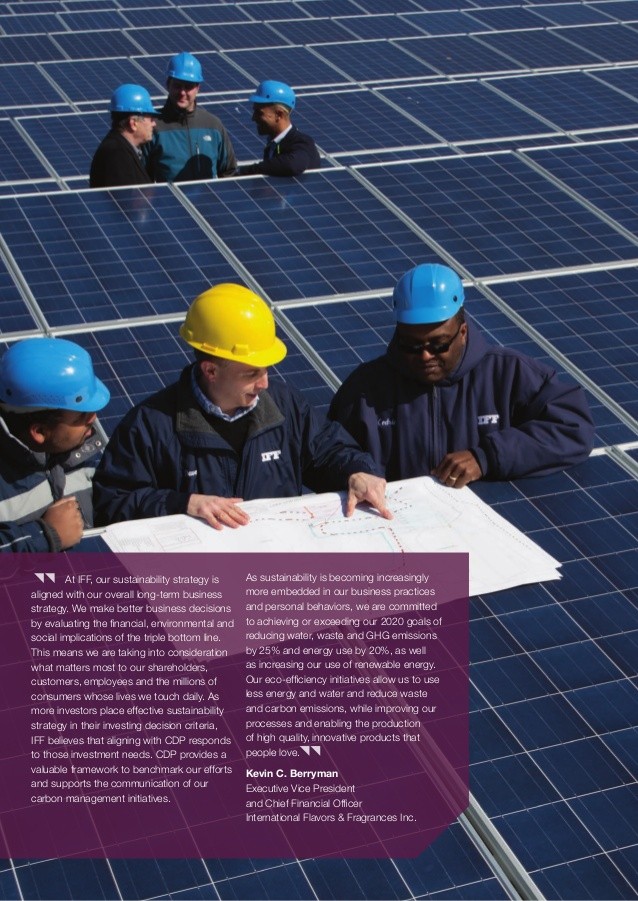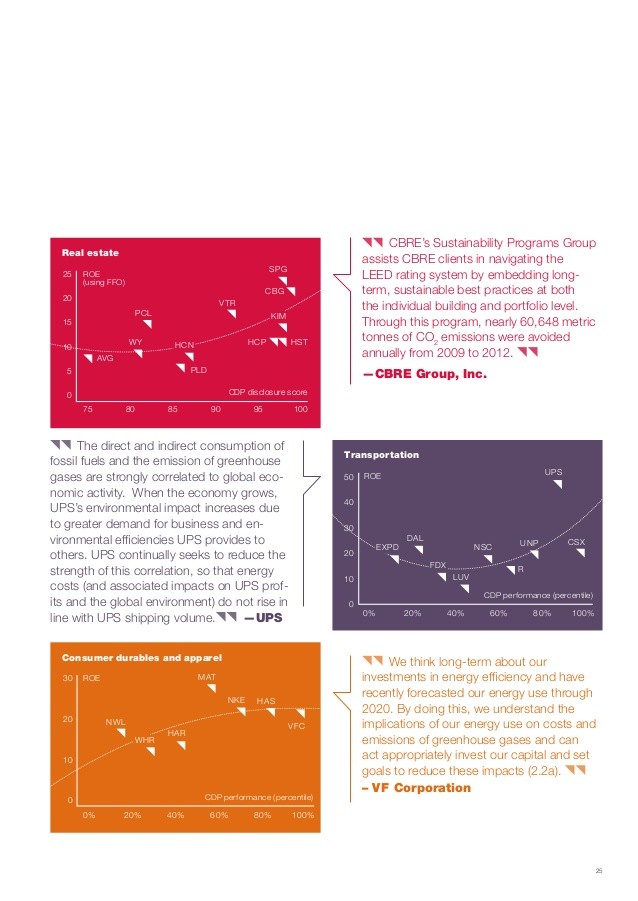Why Retirees Still Need Stocks (CNP CTL EXC FE HCBK PPL)
Post on: 16 Март, 2015 No Comment

Watch stocks you care about
The single, easiest way to keep track of all the stocks that matter.
Your own personalized stock watchlist!
It’s a 100% FREE Motley Fool service.
Throughout the nation, investors are moving their money from stocks to bonds. Yet for retirees, who might feel the most justified in reducing their risk levels. relying on an all-bond portfolio is basically the same thing as giving up hope of having a secure retirement.
Vanishing withdrawals
The big problem retirees are facing is reduction of investment income. At current rates, short-term investments like savings accounts and CDs with maturities shorter than a year often pay 1% or less. Even if you’re willing to commit to locking up your money for a longer period of time, Treasury rates of 2.5% for 10-year bonds aren’t going to make you rich.
In fact, as much as this low-income environment has wreaked havoc on retirees’ finances in recent months, the consequences could be even more extreme in the long run. The reason has to do with what it takes to preserve your nest egg throughout your retirement.
Adios to the 4% rule
One rule of thumb many retirees follow is known as the 4% rule. The idea behind it is that you should plan to take out about 4% of your initial retirement nest egg annually, adjusted for inflation after the first year of retirement. If you do so, then based on historical returns for stocks, bonds, and other investments that make up a typical asset allocation strategy, your nest egg should be able to last for 30 years or more without running out of money.

But if you lock in returns of 2.5% or less for the majority of your money, as many bond buyers are doing right now, then taking out 4% every year is going to be an obvious problem, as you have to start invading principal from day 1. For instance, during the first year of retirement with a $1 million portfolio, withdrawing 4%, or $40,000, while only earning 2.5%, or $25,000, leaves you with a $15,000 shortfall. And as inflation slowly raises the amount of your withdrawals, that $25,000 in income creates even more severe shortfalls. Over time, even rich retirees could run out of money much more quickly than they expect if the low bond returns they accept today are less than their withdrawal rate.
Making a better mix
Unfortunately, there aren’t a lot of fixed-income alternatives to produce more cash flow right now. Many corporate bonds pay well over 4%, and if you’re comfortable taking on some default risk, then adding corporate bonds to the mix may help you build a more viable long-term fixed-income component to your portfolio.
Nevertheless, even corporate bonds can’t give you the key advantage of stocks: the ability to grow. Even though inflation is under control right now, you can’t count on that staying true; and more importantly, many retirees face rising prices on health care that the official CPI doesn’t fully reflect. To get the growth you need, stocks that can both pay you income and grow are essential to your success.
With those dual goals in mind, I looked for stocks that both pay current dividends of more than 4% and have maintained a history of raising dividends at an annual rate of 5% or more over the past five years. The following stocks were among the two dozen or so candidates I found within the S&P 500:














